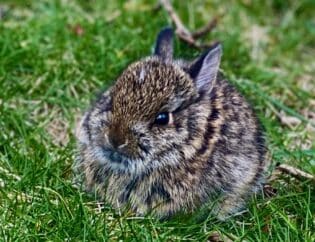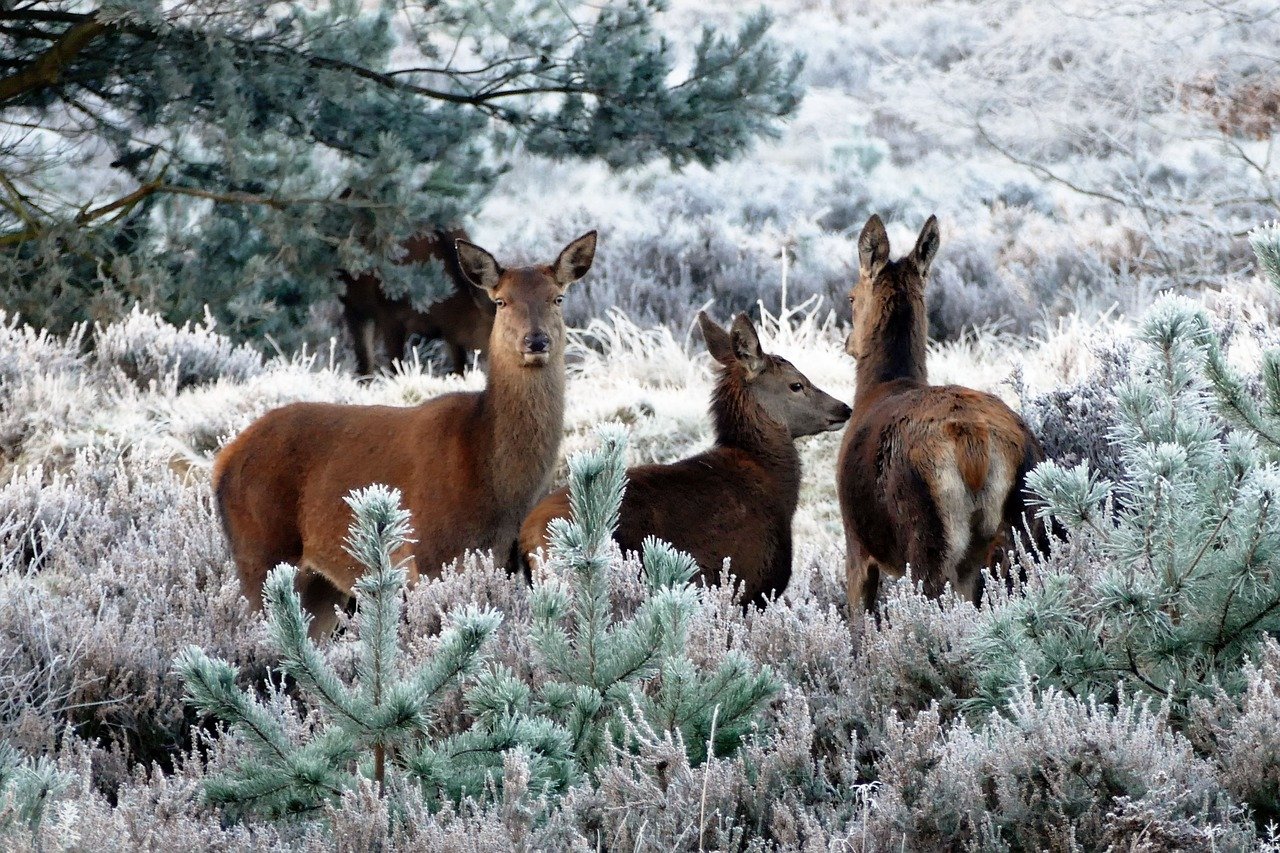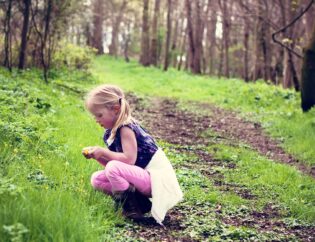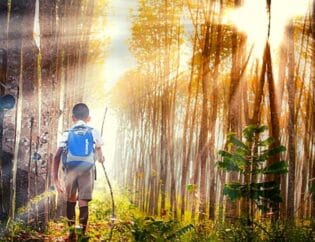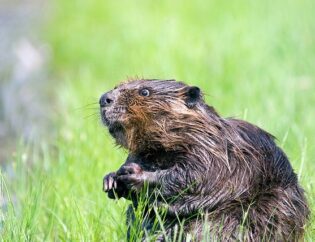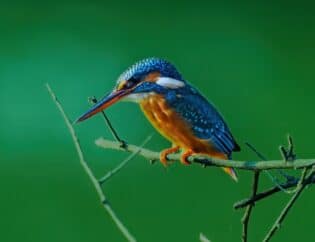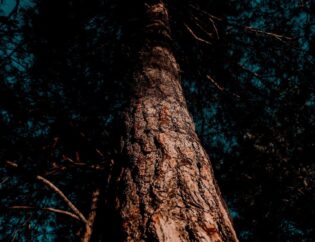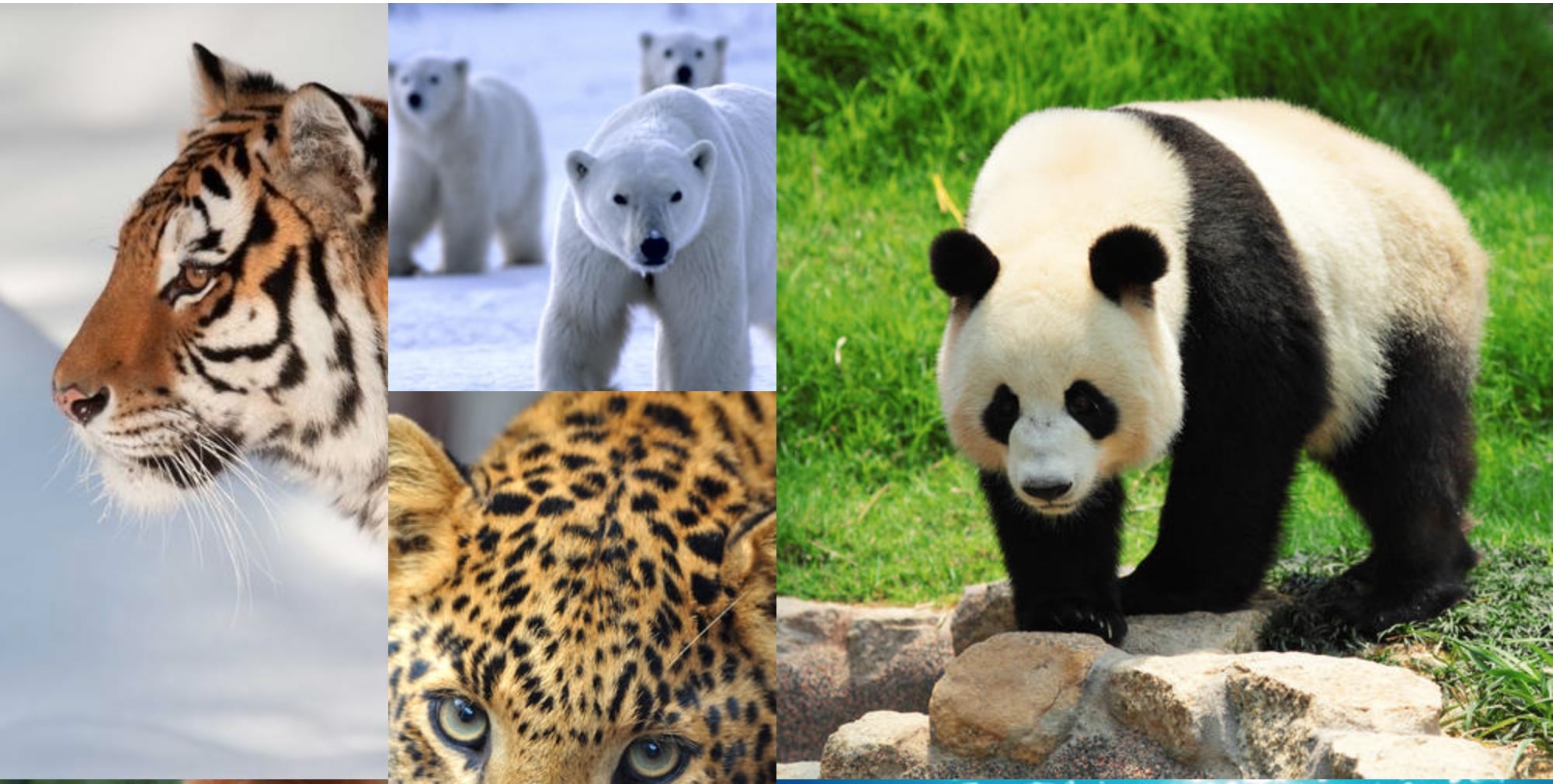
Nothing beats the great outdoors. But if your family is having some indoor time, don’t dismay. Your kids can still get a nature fix of sorts. Virtual nature, while inferior to the real thing, can be an effective way to help kids learn about the natural world. And in fact, it can even help your child learn something most schools don’t teach—natural history.
The key is to direct your child away from Roblox and Youtube and TikTok and towards these excellent resources that are just desperate to be noticed. Because, if you are going to let your kids on screens, let them become nature-smart while they’re at it.
Select pages from issues of NWF’s Ranger Rick magazine come to life on this website where kids can learn about the fascinating world of animals.
National Geographic Wild is a place for all things animals and for animal-lovers alike. Your child can take a journey through the animal kingdom and discover things they never knew before, or rediscover a favorite animal!
Your child can learn about bird migration, adaptation or habitats on this site designed to help celebrate World Migratory Bird Day. One of our favorite features is the downloadable Bird ID coloring pages that will help your child learn their birds while having fun.
Your child can learn about animals, adopt a native species or habitat or even spy on creatures live through a webcam system. The Wildlife Trusts’ wildlife pages offer excellent resources to learn about wildlife.
The NWF’s Wildlife Guides will help your child get to know the amazing wildlife in your backyard and beyond. Kids can explore fauna and flora found throughout the United States in a searchable database.
For the animal lover, National Geographic offers a treasure trove of facts on mammals, birds, reptiles, amphibians, invertebrates and fish. Facts, slideshows, species maps, videos and games.
There is a wide diversity of wildlife and wilderness to discover in Canada. Nature Canada lets your child take a moment to discover the nature found across Canada. With facts, vitals, range and super cute photos of species from dragonflies to Polar Bears, with a special emphasis on endangered species.
The BBC’s Discover Wildlife website can help your child learn how to identify specific species, wildlife habitats, conservation and many more animal facts. Focus on UK species.
FSNatureLIVE is a true distance learning adventure. The USDA Forest Service, Prince William Network and partners bring nature learning to you through our series of webcasts, webinars, and online education resources. Great videos on a diverse range of subjects from caves, butterflies, climate change, wetlands, and more!
Take a plunge and explore ocean life, marine species and conservation issues on the Smithsonian’s site dedicated to ocean ecosystems and its species.
Your child can fly over a volcano in Hawaii, see hoodoos up close or rappel into a crevasse on these made by Google virtual tours of the stunning US National Parks.


